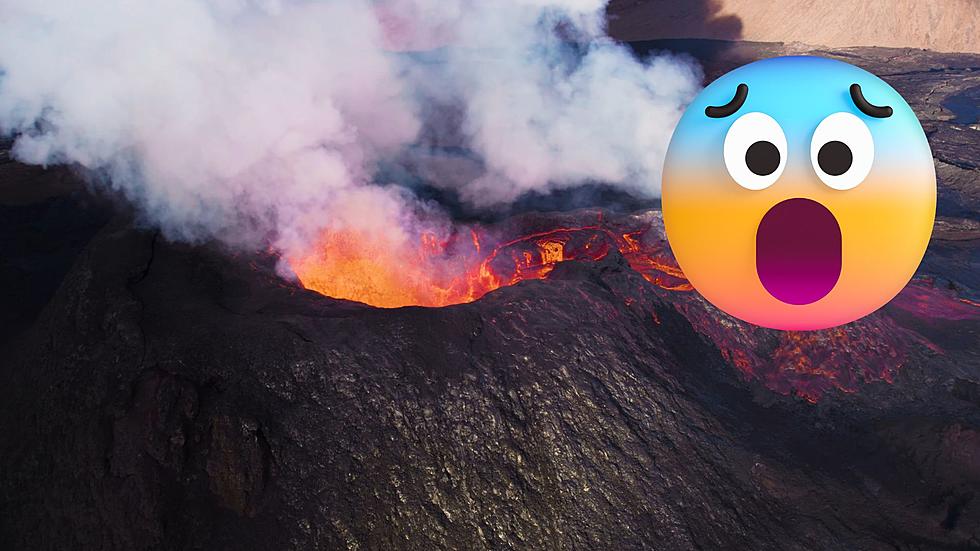
Uncovering Hazardous Waste Sites: EPA’s Superfund Efforts In North Dakota
As a result of careless disposal, bad management, or just plain old dumping, thousands of hazardous waste sites dot the United States, including North Dakota.
What are superfunds?
According to the EPA, waste dumps, processing plants, factories, and mining sites are all included in a list of sites that are considered superfund sites.
Starting in the 1970s, toxic waste dumps such as New York's Love Canal and the Valley of the Drums in Kentucky received national attention when the public learned about the substantial risk they posed to both human health and the environment.
The 1980 Comprehensive Environmental Response, Compensation, and Liability Act (CERCLA) was lawmakers' answer.
Superfund is a colloquial name for CERCLA. It permits the EPA to remediate polluted areas. Additionally, it mandates that polluting entities either clean up their own mess or pay the government to clean up after them.
When a responsible party cannot be located, the EPA is granted the ability and finances to clean up polluted areas through Superfund.
What About Superfunds In North Dakota?
North Dakota had two superfund sites, although through extensive remediation by local state and federal entities, they have since been removed from the list.
Minot Landfill
Approximately one mile southwest of Minot, North Dakota's downtown, is the 26-acre Minot Landfill. Municipal and industrial garbage were sent to the landfill from 1961 until October 1971.
Drums of oil, used battery cases, calcium carbide, and lime sludge were among the items sent. Pollutants from landfills have seeped into the ground, surface water, soil, sediment, and air.
After the cleanup was completed, the site was removed from the National Priorities List (NPL) of the Superfund program in 1997 by the EPA.
Arsenic Trioxide Site
Southeastern North Dakota is home to the Arsenic Trioxide Site, which is situated in the counties of Richland and Sargent. It has 26 townships, or approximately 568 square miles, of mostly rural countryside, with a handful of smaller towns like Lidgerwood, Wyndmere, Milnor, and Hankinson.
In North Dakota, grasshopper infestations were greatly reduced in the 1930s and 1940s by using bait that was laced with arsenic. It was usual practice to use the bait on agricultural fields; it contained arsenic trioxide, sodium arsenate, Paris green, and other arsenic compounds.
To learn more about the arsenic pollution in groundwater and how bad it was, the EPA launched a remedial investigation (RI) in 1985. The RI discovered that many groundwater wells had arsenic levels that were higher than the maximum contaminant level.
September 1983 saw the EPA add the property to the National Priorities List (NPL) for the Superfund program. Site removal from the NPL occurred in July 1996, following remediation.
You can check out all of Montana's Superfund sites here.
The Fattest Cities in the U.S.A.
Gallery Credit: Scott Clow
Rockers We've Lost in 2024
Gallery Credit: Chad Childers, Loudwire
More From KEYZ AM 660









